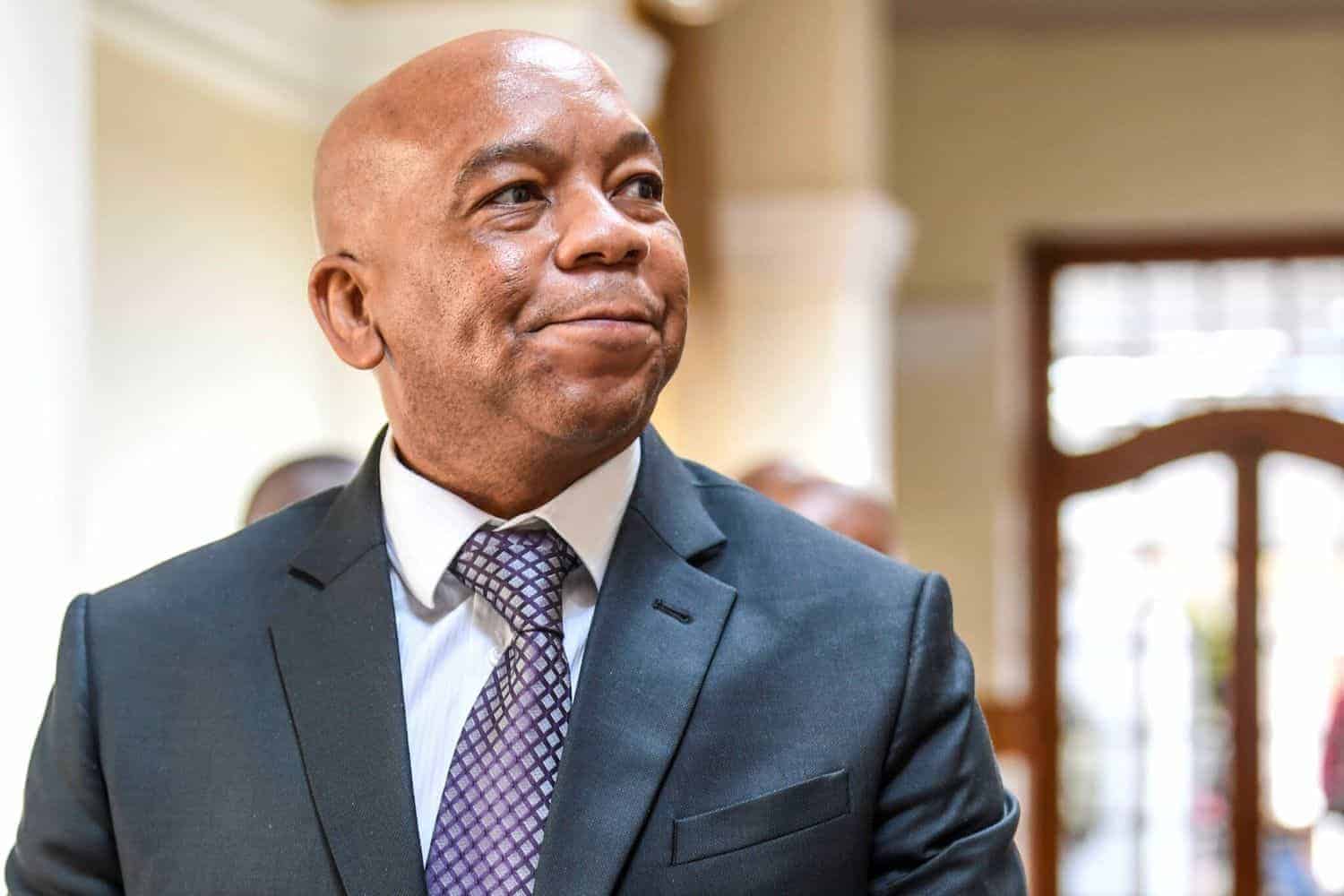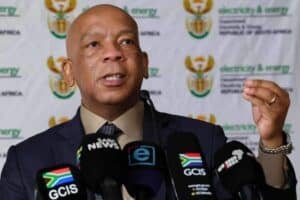At the heart of the IRP lies a familiar dilemma of how to keep the lights on without worsening the climate crisis

The new Integrated Resource Plan for South Africa unveiled by Electricity Minister Kgosientsho Ramokgopa on Sunday, is bold and progressive, but its implementation must happen swiftly. The plan emphatically shifts the country’s energy reliance from fossil fuels to renewables, gas and nuclear.
Nuclear energy expert Prof Bismark Tyobeka, principal and vice-chancellor of the North-West University, former CEO of the National Nuclear Regulator and current member as well chairperson of the Ministerial Expert Panel on Nuclear, hails South Africa’s new energy blueprint as “bold” and “progressive”.
He is also impressed with the environmental commitment and how it will reposition South Africa as the continent’s foremost nuclear power nation.
ALSO READ: Ramokgopa details government’s R2.2 trillion investment in move towards green energy
Integrated Resource Plan to diversify SA’s energy mix
The Integrated Resource Plan (IRP) 2025 sets the country on a 15-year path to diversify the national energy mix, modernise ageing infrastructure and restore faith in an economy long constrained by blackouts.
At the heart of the IRP lies a familiar dilemma of how to keep the lights on without worsening the climate crisis. Coal, which still provides 58% of South Africa’s electricity, will gradually yield to renewables according to the IRP and together with distributed generation, this energy mix will make up over half of new installed capacity by 2035.
Government expects more than 105 000MW of new generation capacity by 2039, with 34 000MW from wind and 25 000MW from solar. However, Tyobeka points out that fossil fuels will not disappear entirely. Gas-to-power with 6 000MW by 2030, will act as a stabiliser, while a “clean coal” demonstration plant remains on the cards.
ALSO READ: Power system stable as SA nears six months of no load shedding
Return of nuclear energy
Tyobeka says the return of nuclear energy to the national conversation is perhaps most striking. The IRP calls for 5 200MW of new nuclear generation by 2039, with potential expansion to 10 000MW if a forthcoming Nuclear Industrialisation Plan proves viable.
Government argues that nuclear offers reliable baseload power and industrial spinoffs, echoing a global resurgence that has seen 70 reactors under construction and renewed financial support from development banks.
“I think the IRP 2025 is quite progressive, especially in the sense that it recognises the urgency for us to tackle climate change. I view it as a strong affirmation from the South African government that we have clear climate obligations to meet and that reducing our carbon footprint is a vital part of this commitment.
“For the first time, the IRP 2025 projects that South Africa will generate more electricity from non–fossil-fuel sources than from fossil fuels. This represents a significant turning point, as we begin to scale down fossil-fuel-based generation and increase the contribution of cleaner energy sources such as solar, hydro, wind and nuclear. To me, that is a bold and progressive step.
ALSO READ: Eskom will no longer get bailouts from the state, Ramokgopa says
Broader vision for Nuclear Industrialisation Plan
“On a personal note, as a nuclear engineer, I am encouraged by the projection of 5 200 megawatts of new nuclear capacity. It acknowledges the crucial role that nuclear power played in South Africa’s energy history. For more than 40 years, the country benefited from clean, safe and secure electricity generated at the Koeberg Nuclear Power Station in Duynefontein in the Western Cape.”
According to the IRP, the first 1 200MW should come online by 2036, with the remaining units added progressively until the full 5 200MW are realised by 2039. This constitutes only the first phase.
The broader vision is the development of a Nuclear Industrialisation Plan, a master strategy that goes beyond simply connecting new units to the grid. It envisions reviving the entire nuclear fuel-cycle value chain and could ultimately expand capacity to 10 000MW in the medium term, once approved by the relevant government authorities.
“This would mark a return to the fundamentals of domestic nuclear capability by enriching our own fuel for peaceful electricity generation and for non-power applications. It would support not only power reactors but also non-power reactors such as the planned new multi-purpose reactor at Pelindaba, which will replace the ageing SAFARI-1 facility.
“This new reactor will strengthen South Africa’s position in producing radioisotopes and other nuclear-based innovations with applications in agriculture, mining and manufacturing.”
ALSO READ: SA must solve energy problems now and IRP 2023 is not helping
Integrated Resource Plan ambitious, but pragmatic
Tyobeka says the IRP is an ambitious plan, but he welcomes the minister’s pragmatic approach and its proposed implementation in manageable stages. “Achieving the first 5 200 megawatts by 2039, with the initial 1 200 megawatts delivered by 2036, is a realistic target.
“Ten years is not an excessive timeframe if considering that, for nuclear newcomer countries, the International Atomic Energy Agency (IAEA) milestones framework typically anticipates a 12- to 15-year process from planning to first electricity generation, including at least seven years of construction.”
He explains that given the preparatory work already done by the South African nuclear sector, including Necsa, the department of electricity and energy and the National Nuclear Regulator, which has been modernising its regulatory framework, the timeline is achievable.
“We also have the National Radioactive Waste Disposal Institute fully operational and expanding its capacity and Eskom itself has shown encouraging signs of financial recovery, recently reporting a profit exceeding R100 billion.”
READ NEXT: Investment confidence remains SA’s missing link for economic growth






